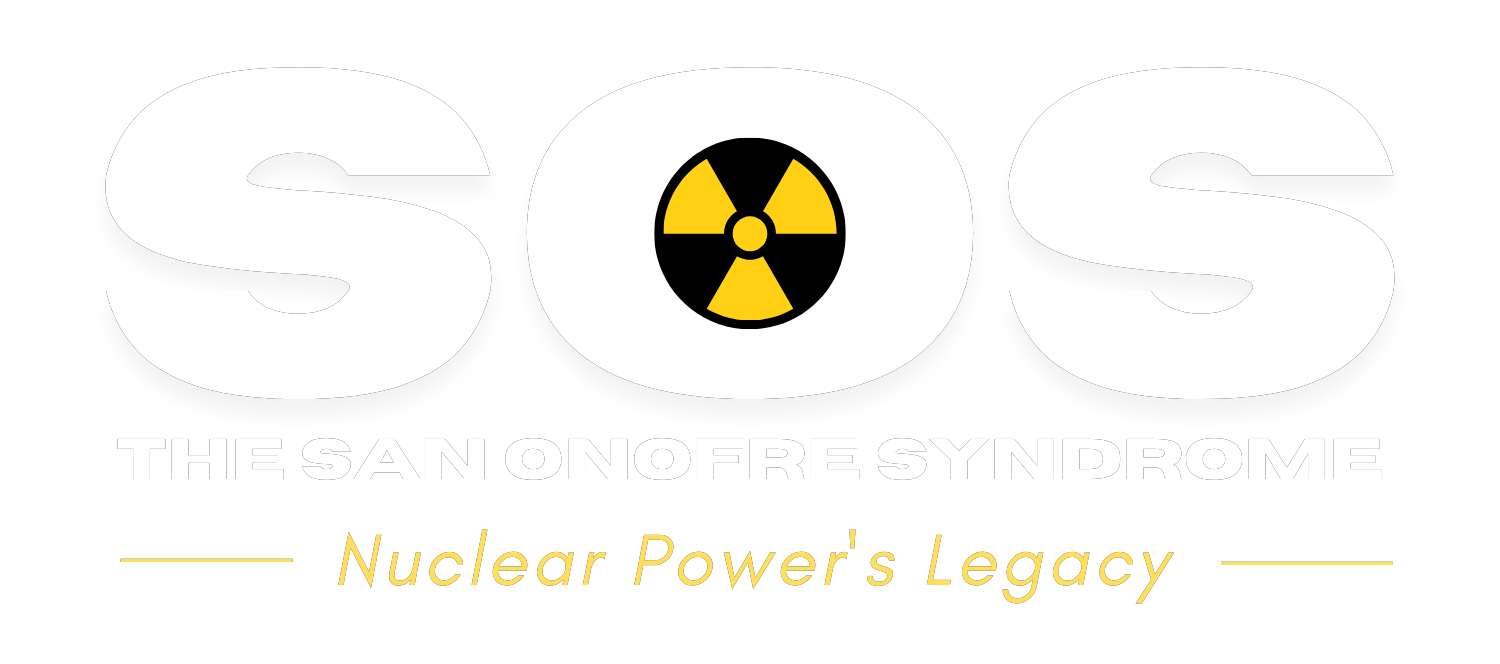Nuclear Industry Pushes New Plan for Waste Disposal
By E+E Leader
Posted on July 9, 2025
The U.S. nuclear industry is gearing up for a major shift in how it handles radioactive waste, introducing a new strategy aimed at finally breaking decades of policy and regulatory stalemate. The U.S. Nuclear Industry Council (USNIC) has rolled out an Action Plan designed to modernize the sector’s approach and align with broader federal goals to rejuvenate America's nuclear energy capabilities.
A central part of this plan is the call to update the 1987 Nuclear Waste Policy Act (NWPA), which has locked the Department of Energy (DOE) into pursuing only the long-controversial Yucca Mountain site. The proposed changes would allow DOE to explore alternative disposal sites and private-sector solutions without being tied to a single federal repository.
The USNIC strategy supports creating an independent waste management entity with access to the existing Nuclear Waste Fund. This model would enable partnerships with private players while keeping safety and community input front and center. It recognizes that a single, centralized storage solution might not fit future needs—especially as advanced reactor designs produce different types of waste.
Tech-Driven Approaches and Community Buy-In Take Center Stage
A key feature of the plan is its push for new technologies like deep borehole disposal. Unlike traditional mined repositories, these systems rely on ultra-deep drilling to isolate waste far below the surface, offering potential advantages in cost and long-term safety. The approach borrows techniques from oil and gas drilling, repurposed to handle nuclear materials.
Companies like Deep Isolation, which holds dozens of patents and has developed a Universal Canister System backed by ARPA-E, exemplify the kind of private innovation USNIC wants to support. Their integrated system is designed to handle next-gen reactor waste across storage, transport, and disposal, helping close long-standing gaps in the nuclear fuel cycle.
Rather than pushing big centralized projects from the start, the plan emphasizes smaller, community-driven demonstration projects. This pragmatic approach prioritizes technical proof-of-concept and builds public trust before scaling up. In an industry where social acceptance can be as challenging as the technical hurdles, community engagement is critical.
While Congressional support and regulatory updates remain crucial, the coordinated push signals a more receptive political climate than in past decades. Over the next 18 months, stakeholders will be watching closely to see if this momentum turns into actionable reform that finally moves America’s nuclear waste strategy forward.

